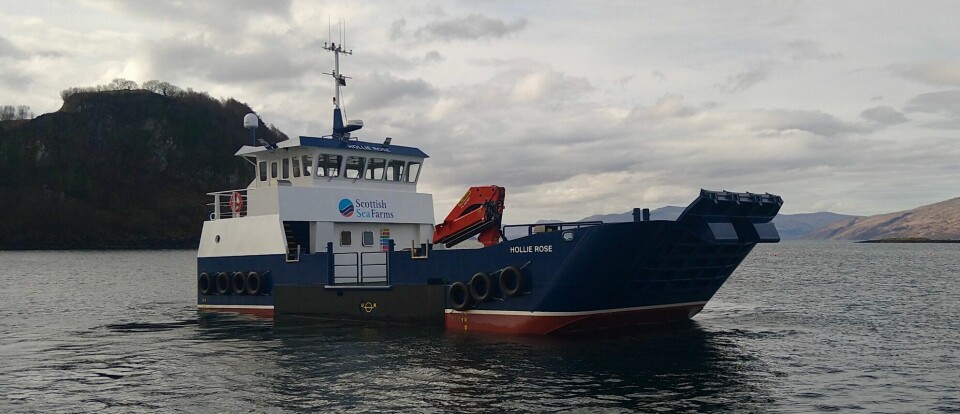
Scottish Sea Farms cuts harvest estimate by 10,000 tonnes
Company made £10.6m operating loss in Q2
Scottish Sea Farms has reduced its estimated harvest volume for 2023 from 37,000 gutted weight tonnes to 27,000 gwt as a result of biological problems at some sites that have continued from 2022, according to co-owner Lerøy.
SSF made an operating loss of £10.6 million in the second quarter of this year, Lerøy said in its Q2 2023 report issued today.
The loss was driven by low harvest volumes, harvesting from biologically challenged sites, affecting harvest size, cost, and price achievement.
Incident-based mortality in Q2 cost SSF £13.3m (£2.09 per kilo).
Lerøy, which co-owns SSF with fellow Norwegian salmon farmer SalMar, said SSF continues to face biological challenges in Q3 but expects improvements in fish size and cost base.
SSF harvested 6,325 gwt in Q2, down from 9,489 gwt in Q2 2022.
Operational EBIT per kilo was NOK -22.8 (Q2 2022: NOK 20).
"Scottish Sea Farms experienced an extremely challenging Q2. The profit contribution from associates and the joint venture before fair value adjustment related to biological assets was NOK -65 million in Q2 2023, against NOK 70 million in Q2 2022. This development can be attributed to a challenging biological situation. Gradual improvement is expected through the second half this year," reported Lerøy.
In Norway, Lerøy's salmonid farming division made an operating profit of NOK 767 million in Q2 2023, compared with NOK 970m in Q2 2022. The division harvested 30,000 gutted weight tonnes during the quarter, down 11% on Q2 2022.
The company said the second quarter has been impacted by price inflation on its wild caught seafood products and a challenging situation in the farming division in Q2 which has resulted in low harvest weights and a low harvest volume in the first half of this year.
"We’ve been impacted in Q2 2023 by a challenging second half of 2022. At the same time, developments year to date have been strong in Lerøy Midt and Lerøy Aurora, while the ISA (infectious salmon anaemia) confirmations on two sites in Lerøy Sjøtroll (southern Norway) will impact profitability in third quarter," said chief executive Henning Beltstad.






















































